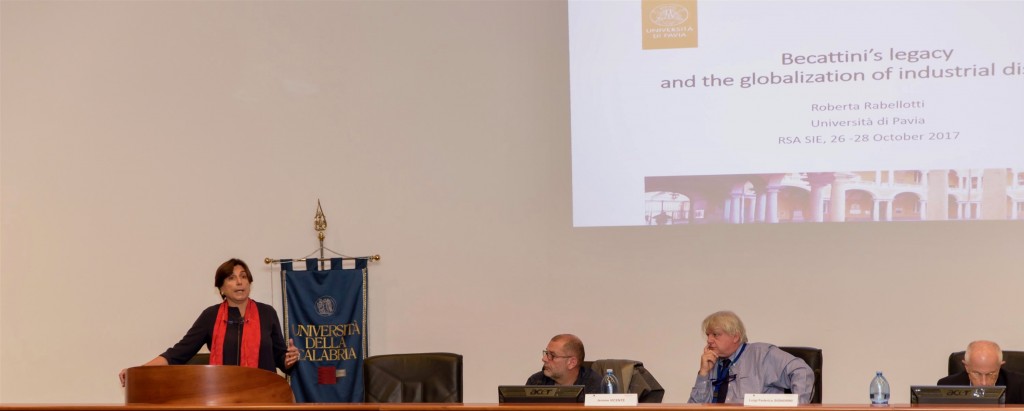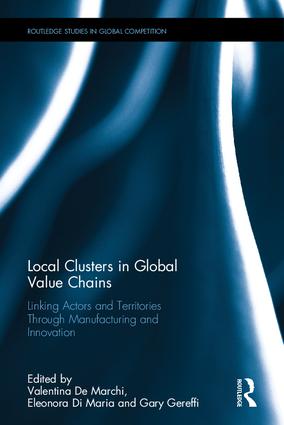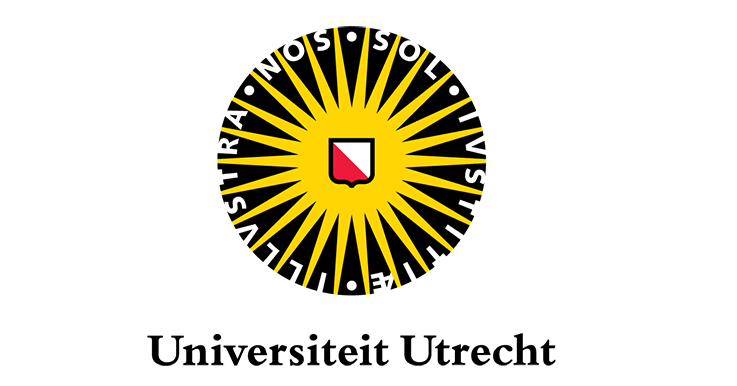Becattini’s legacy and the globalization of industrial districts
In October I was invited to take part at the round table on Becattini’s Legacy: Industrial Districts and Clusters organized by the Società Italian degli Economisti in Cosenza.
Here is my intervention




